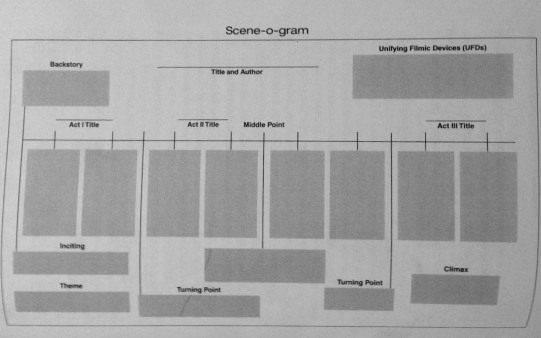As seen in the Screenplay section, Krevolin encourages us to answer the “Big 7” in order to produce a successful adaptation. One of the questions encompassed within this is, “How do you want to tell your story?” For example, do you want it to be told chronologically? Do you want there to be a voiceover? In my mind, I begin to relate this to a story’s pacing in a variety of ways. How quickly do you want action to develop? How long do certain actions or scenes need to take?
 Immediately my mind jumps to the cinematic use of montage. Krevolin very briefly touched upon this idea when he analyzed the Big 7 in relation to The Shawshank Redemption by asking, “How does Andy achieve what he wants in an unexpected, interesting, and unusual way?” Krevolin explains that toward the end of the film, we see some “quick flashes that explain how/why things turned out the way they did.” These “quick flashes,” or elements of montage, are excellent storytelling devices to exemplify the passage of time in a quick way.
Immediately my mind jumps to the cinematic use of montage. Krevolin very briefly touched upon this idea when he analyzed the Big 7 in relation to The Shawshank Redemption by asking, “How does Andy achieve what he wants in an unexpected, interesting, and unusual way?” Krevolin explains that toward the end of the film, we see some “quick flashes that explain how/why things turned out the way they did.” These “quick flashes,” or elements of montage, are excellent storytelling devices to exemplify the passage of time in a quick way.
I think that the idea of collages or Blox is very similar to that of montage. Each of the images utilized is a flash or glimpse at a piece of action. It’s a succinct way to tell a story. Keeping this in mind, I attempted to give my Quick Blox a sense of narrative, that perhaps my other Blox (Bloxes? Is that a word? Well…it is now!) lacked.


